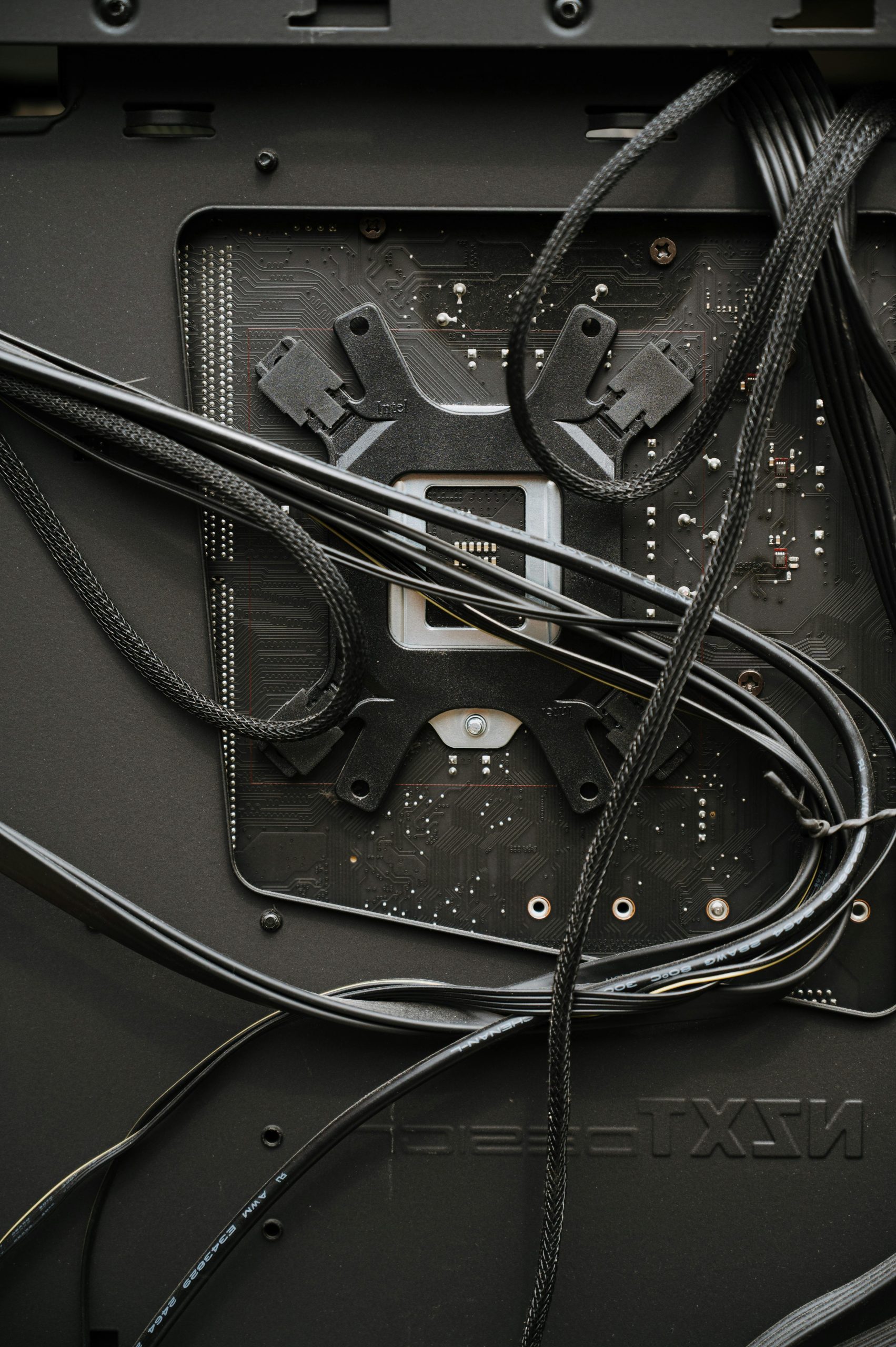Understanding the Importance of Thermal Paste Application
When it comes to computer hardware and maintenance, the application of thermal paste often raises questions—especially regarding the right amount to use. Is there such a thing as too much or too little?
Thermal paste plays a critical role in ensuring efficient heat transfer between the CPU or GPU and the cooler. Applying the right amount is essential for optimal performance and longevity of your components. Too little paste may lead to inadequate heat dissipation, while excessive application can make a mess, potentially causing overheating or other complications.
For enthusiasts and gamers alike, understanding the nuances of thermal paste application is vital. It’s not merely a product to slather on indiscriminately; careful consideration should be given to the amount and distribution. The right technique can make all the difference in maintaining your system’s performance.
In conclusion, while the question of “Do they use enough?” might seem simple, it opens up a broader discussion about the importance of precision in thermal paste application. Whether you’re building a gaming rig or upgrading your workstation, taking the time to apply thermal paste correctly is a small but significant step in protecting your investment.
Share this content:




Thank you for sharing this comprehensive overview on thermal paste application. As a technical support engineer, I’d like to add that applying the right amount of thermal paste is indeed crucial for optimal thermal performance. A good rule of thumb is to use a pea-sized amount in the center of the CPU or GPU and then evenly spread it out, either by installing the heatsink immediately or by gently spreading it with a suitable tool—avoid excessive spreading or using too much, which can lead to mess and potential overheating. Additionally, some high-performance enthusiasts prefer using specific application methods, such as the line or dot method, depending on the CPU socket shape. Remember to clean off any old thermal paste thoroughly before reapplying, and ensure the surfaces are clean and free of debris for the best results. If you’re experiencing higher temperatures or inconsistent performance, rechecking your application technique might be worthwhile. Feel free to reach out if you need further guidance or specific recommendations based on your hardware setup.